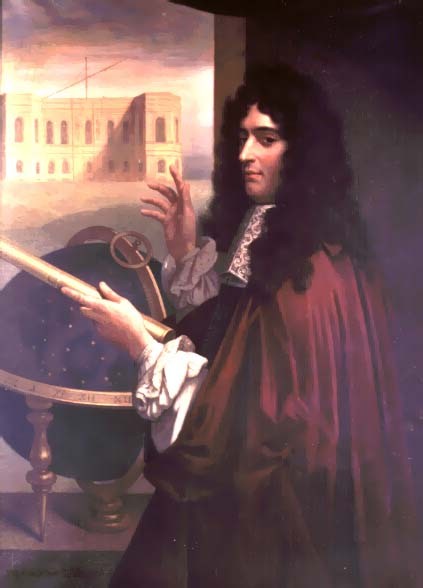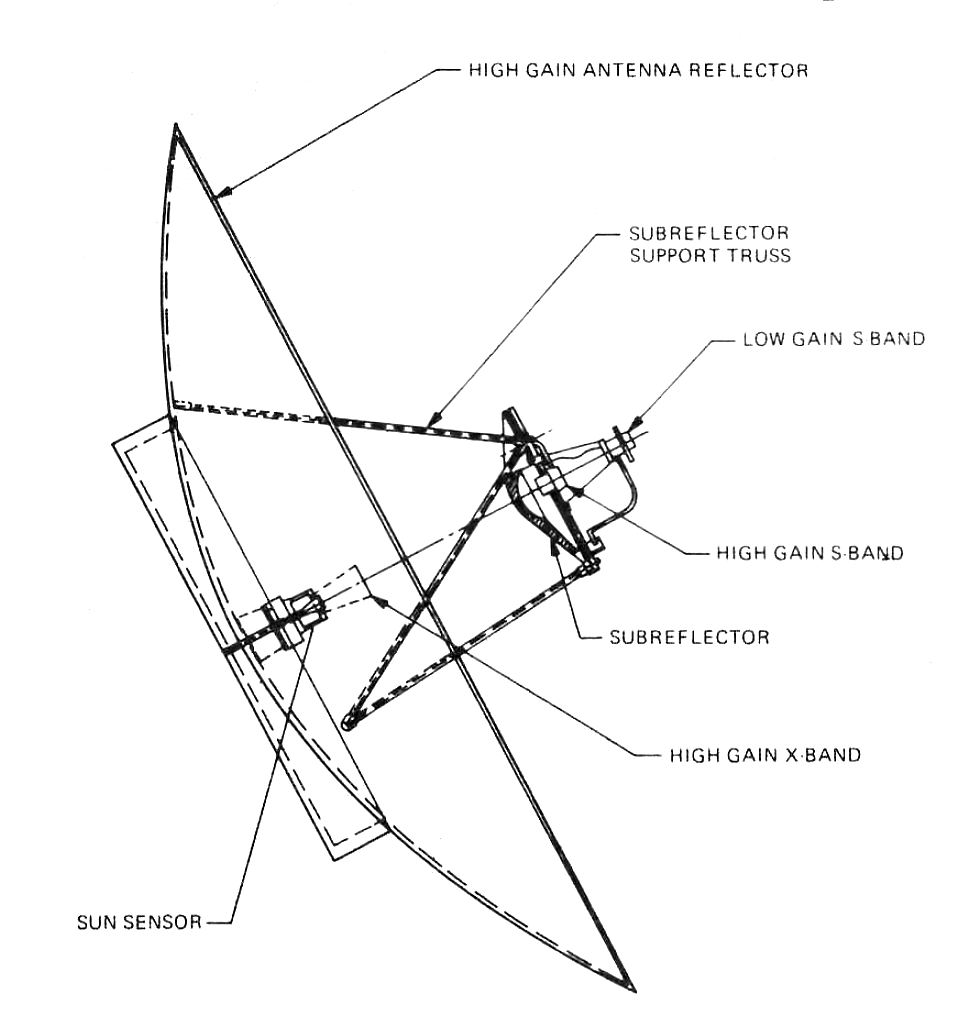|
Tirawa (crater)
Tirawa basin is a large impact crater on Saturn's moon Rhea, at . It was glimpsed by ''Voyager 1 ''Voyager 1'' is a space probe launched by NASA on September 5, 1977, as part of the Voyager program to study the outer Solar System and interstellar space beyond the Sun's heliosphere. Launched 16 days after its twin ''Voyager 2'', ''Voya ...'' during its flyby of the moon and later photographed in greater detail by the ''Cassini'' orbiter. Tirawa is deep in places, as measured in NASA Voyager images, and is across. The crater has a slightly elliptic outline and an elongated central peak complex suggesting it was caused by an oblique impact. Tirawa overlaps Mamaldi, a larger and more degraded basin to its southwest.http://www.lpi.usra.edu/meetings/lpsc2007/pdf/1958.pdf References Impact craters on Saturn's moons Rhea (moon) {{crater-stub ... [...More Info...] [...Related Items...] OR: [Wikipedia] [Google] [Baidu] |
Impact Crater
An impact crater is a circular depression in the surface of a solid astronomical object formed by the hypervelocity impact of a smaller object. In contrast to volcanic craters, which result from explosion or internal collapse, impact craters typically have raised rims and floors that are lower in elevation than the surrounding terrain. Lunar impact craters range from microscopic craters on lunar rocks returned by the Apollo Program and small, simple, bowl-shaped depressions in the lunar regolith to large, complex, multi-ringed impact basins. Meteor Crater is a well-known example of a small impact crater on Earth. Impact craters are the dominant geographic features on many solid Solar System objects including the Moon, Mercury, Callisto, Ganymede and most small moons and asteroids. On other planets and moons that experience more active surface geological processes, such as Earth, Venus, Europa, Io and Titan, visible impact craters are less common because they become eroded ... [...More Info...] [...Related Items...] OR: [Wikipedia] [Google] [Baidu] |
Saturn
Saturn is the sixth planet from the Sun and the second-largest in the Solar System, after Jupiter. It is a gas giant with an average radius of about nine and a half times that of Earth. It has only one-eighth the average density of Earth; however, with its larger volume, Saturn is over 95 times more massive. Saturn's interior is most likely composed of a core of iron–nickel and rock (silicon and oxygen compounds). Its core is surrounded by a deep layer of metallic hydrogen, an intermediate layer of liquid hydrogen and liquid helium, and finally, a gaseous outer layer. Saturn has a pale yellow hue due to ammonia crystals in its upper atmosphere. An electrical current within the metallic hydrogen layer is thought to give rise to Saturn's planetary magnetic field, which is weaker than Earth's, but which has a magnetic moment 580 times that of Earth due to Saturn's larger size. Saturn's magnetic field strength is around one-twentieth of Jupiter's. The outer atmosphere is g ... [...More Info...] [...Related Items...] OR: [Wikipedia] [Google] [Baidu] |
Natural Satellite
A natural satellite is, in the most common usage, an astronomical body that orbits a planet, dwarf planet, or small Solar System body (or sometimes another natural satellite). Natural satellites are often colloquially referred to as ''moons'', a derivation from the Moon of Earth. In the Solar System, there are six planetary satellite systems containing 209 known natural satellites altogether. Seven objects commonly considered dwarf planets by astronomers are also known to have natural satellites: , Pluto, Haumea, , Makemake, , and Eris. , there are 442 other minor planets known to have natural satellites. A planet usually has at least around 10,000 times the mass of any natural satellites that orbit it, with a correspondingly much larger diameter. The Earth–Moon system is a unique exception in the Solar System; at 3,474 kilometres (2,158 miles) across, the Moon is 0.273 times the diameter of Earth and about of its mass. The next largest ratios are the Neptune–Tr ... [...More Info...] [...Related Items...] OR: [Wikipedia] [Google] [Baidu] |
Rhea (moon)
Rhea () is the second-largest moon of Saturn and the ninth-largest moon in the Solar System. It is the smallest body in the Solar System for which precise measurements have confirmed a shape consistent with hydrostatic equilibrium. It was discovered in 1672 by Giovanni Domenico Cassini. Discovery Rhea was discovered by Giovanni Domenico Cassini on 23 December 1672. It was the second moon of Saturn that Cassini discovered, and the third moon discovered around Saturn overall. Name Rhea is named after the Titan Rhea of Greek mythology, the "mother of the gods" and wife of Kronos, the Greek counterpart of the god Saturn. It is also designated Saturn V (being the fifth major moon going outward from the planet, after Mimas, Enceladus, Tethys, and Dione). Cassini named the four moons he discovered (Tethys, Dione, Rhea, and Iapetus) ''Sidera Lodoicea'' (the stars of Louis) to honor King Louis XIV. Astronomers fell into the habit of referring to them and Titan as '' ... [...More Info...] [...Related Items...] OR: [Wikipedia] [Google] [Baidu] |
Voyager 1
''Voyager 1'' is a space probe launched by NASA on September 5, 1977, as part of the Voyager program to study the outer Solar System and interstellar space beyond the Sun's heliosphere. Launched 16 days after its twin ''Voyager 2'', ''Voyager 1'' has been operating for as of . It communicates through NASA's Deep Space Network to receive routine commands and to transmit data to Earth. Real-time distance and velocity data is provided by NASA and JPL. At a distance of from Earth , it is the most distant human-made object from Earth. The probe made flybys of Jupiter, Saturn, and Saturn's largest moon, Titan. NASA had a choice of either doing a Pluto or Titan flyby; exploration of the moon took priority because it was known to have a substantial atmosphere. ''Voyager 1'' studied the weather, magnetic fields, and rings of the two gas giants and was the first probe to provide detailed images of their moons. As part of the Voyager program and like its sister craft ''Voyager ... [...More Info...] [...Related Items...] OR: [Wikipedia] [Google] [Baidu] |
Cassini Orbiter
Cassini may refer to: People * Cassini (surname) * Oleg Cassini (1913-2006), American fashion designer :Cassini family: * Giovanni Domenico Cassini (1625–1712), Italian mathematician, astronomer, engineer, and astrologer * Jacques Cassini (1677–1756), French astronomer, son of Giovanni Domenico Cassini * César-François Cassini de Thury (1714–1784), French astronomer and cartographer, son of Jacques Cassini * Jean-Dominique, comte de Cassini (1748–1845), French astronomer, son of César-François Cassini de Thury * Alexandre Henri Gabriel de Cassini (1781–1832), French botanist and naturalist, son of Jean-Dominique de Cassini Planetary science * Cassini's laws on the motion of the Moon * Cassini Division, a gap in the rings of Saturn * ''Cassini–Huygens'', the space mission to examine Saturn and its moons, of which the ''Cassini'' orbiter was a part * Cassini (Martian crater) * Cassini (lunar crater) * 24101 Cassini, an asteroid * 24102 Jacquescassini, another ast ... [...More Info...] [...Related Items...] OR: [Wikipedia] [Google] [Baidu] |
Impact Craters On Saturn's Moons
Impact may refer to: * Impact (mechanics), a high force or shock (mechanics) over a short time period * Impact, Texas, a town in Taylor County, Texas, US Science and technology * Impact crater, a meteor crater caused by an impact event * Impact event, the collision of a meteoroid, asteroid or comet with Earth * Impact factor, a measure of the citations to a science or social science journal Books and magazines * ''Impact'' (novel), a 2010 novel by Douglas Preston *''Impact Press'', a former Orlando, Florida-based magazine * Impact Magazines, a former UK magazine publisher * ''Impact'' (conservative magazine), a British political magazine * ''Impact'' (British magazine), a British action film magazine * ''Impact'', a French action film magazine spun off from ''Mad Movies'' * ''Impact'' (UNESCO magazine), a former UNESCO quarterly titled ''IMPACT of science on society'' * ''Impact'' (student magazine), a student magazine for the University of Nottingham, England * ''Bathimp ... [...More Info...] [...Related Items...] OR: [Wikipedia] [Google] [Baidu] |




